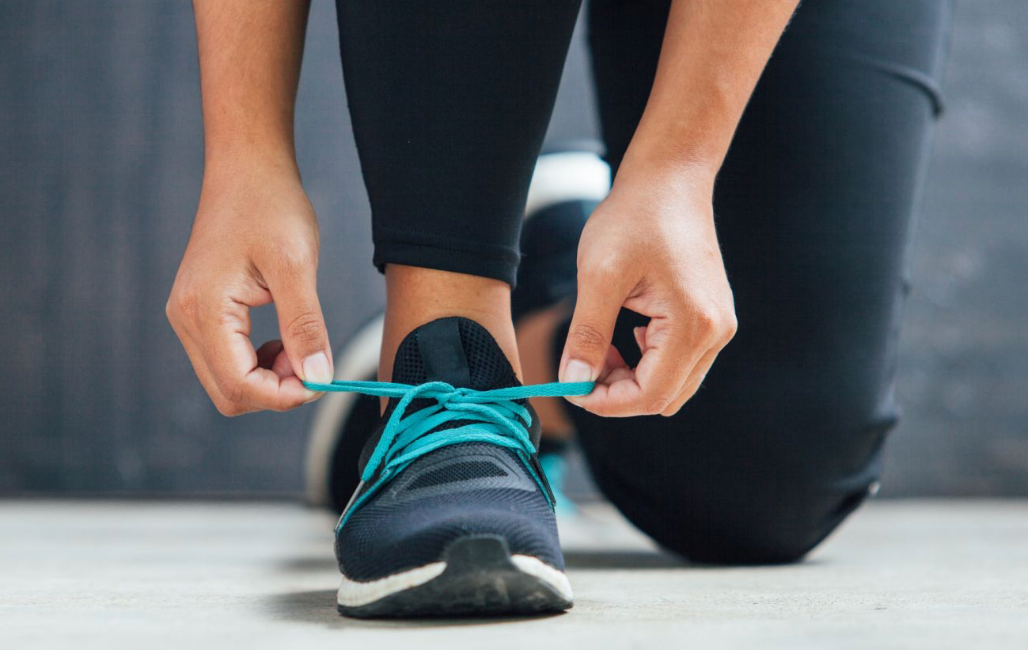Choosing the right running shoes is more than just picking a stylish pair—it’s about protecting your feet, improving performance, and preventing discomfort. At DiabeticShoe.in, we understand that the right fit can make all the difference, especially for people who need extra comfort, cushioning, and support in their daily walks, jogs, or workouts. Whether you’re a casual jogger or a dedicated runner, investing in the correct shoes will keep you going strong and injury-free.
Understanding Your Foot Type

Knowing your foot type is key to finding the right pair. There are three main arch types, and each benefits from different shoe structures:
-
Low Arches (Flat Feet) – Motion control and stability shoes are ideal to prevent excessive inward rolling.
-
Medium Arches (Neutral) – Can wear a variety of running shoes but should look for balanced cushioning and support.
-
High Arches – Extra cushioning helps with shock absorption and improves flexibility.
If you have sensitive feet or diabetic concerns, opt for shoes with soft interiors, protective padding, and adequate arch support—features available in our men’s diabetic running-friendly shoes and women’s diabetic shoes.
Determining Your Gait
Your gait—the way your foot strikes the ground—affects the type of shoe you should choose.
-
Overpronation – The foot rolls inward excessively. Stability or motion-control shoes work best.
-
Neutral Pronation – Balanced inward roll. Neutral cushioned shoes are ideal.
-
Underpronation (Supination) – The foot rolls outward. Well-cushioned shoes help absorb shock.
Trying on Shoes the Smart Way

Shopping for running shoes isn’t just about size—it’s about fit in action. Shop later in the day when feet are at their largest, wear your running socks, and ensure there’s about a thumb’s width between your longest toe and the shoe’s front. Always walk or jog in them before buying to test comfort and support.
Key Features to Consider
When choosing the best running shoes for you, pay attention to:
-
Cushioning – The right level for shock absorption, especially important for diabetics or people with foot sensitivity.
-
Shoe Weight – Lighter for speed, heavier for more support.
-
Heel-to-Toe Drop – Influences running style and foot strike pattern.
-
Durability – Look for strong yet lightweight materials to extend shoe life.
Our diabetic-friendly footwear blends cushioning, lightweight structure, and support—so you don’t have to compromise between comfort and performance.
Matching Shoes to Your Running Surface
The surfaces you run on matter:
-
Road Running – Smooth soles for pavements and flat tracks.
-
Trail Running – Grippy soles and added stability for uneven terrain.
-
Track Running – Lightweight shoes with minimal cushioning for short-distance speed.
Knowing When to Replace Your Shoes
Worn-out shoes can harm your performance and your feet. Most running shoes last 300–500 miles. Watch for worn tread, loss of cushioning, or discomfort. For diabetics, replacing shoes in time is even more crucial to prevent foot injuries.
Lace Up for the Win
Running is a journey, and your shoes are your closest partner in it. The right pair cushions every step, protects your feet, and fuels your confidence—whether you’re chasing fitness goals or simply enjoying an active lifestyle. When you’re ready to invest in supportive, cushioned footwear that cares for your feet, explore DiabeticShoe.in’s men’s collection or women’s range.








